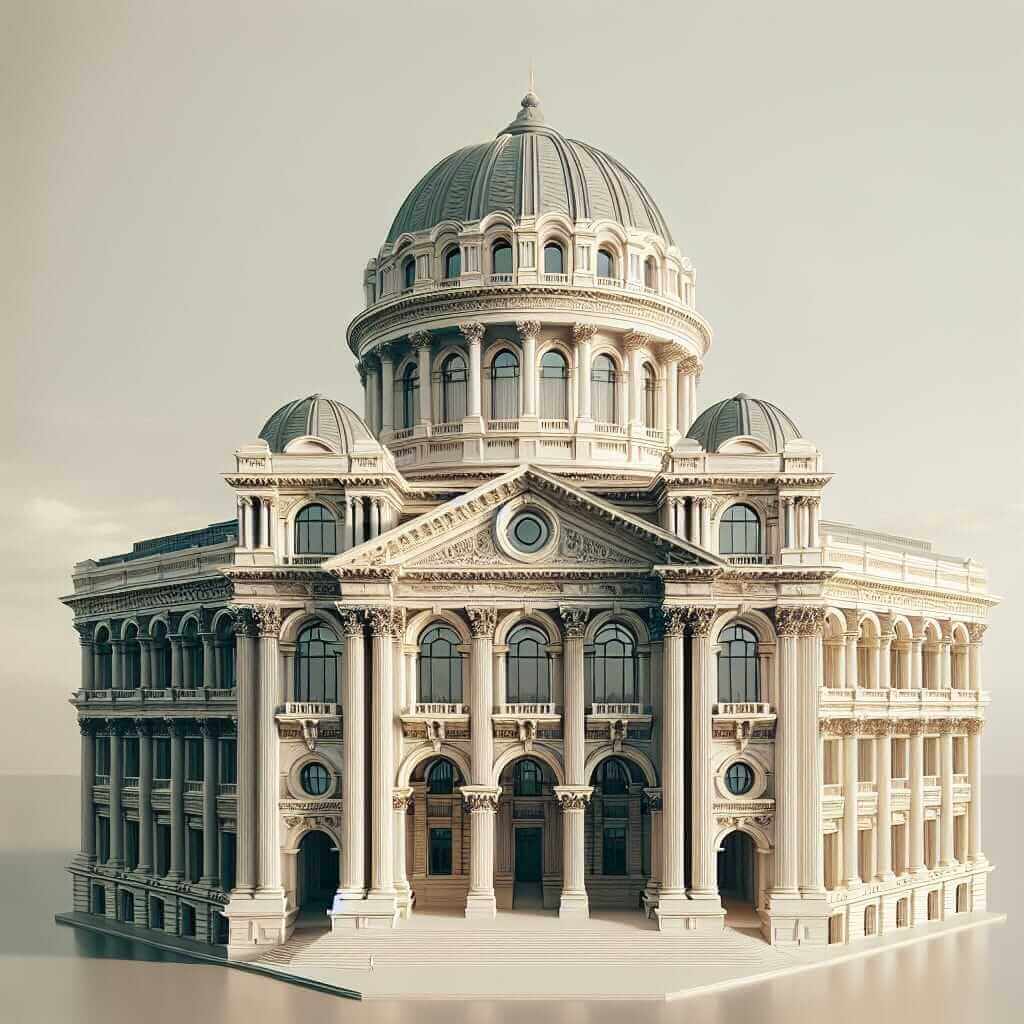The IELTS Speaking test can be a daunting task for many. However, with the right strategies and practice, you can excel. This guide will provide you with detailed insights on how to tackle questions related to describing a famous building in your country, optimize your responses for maximum scoring, and offer sample answers for practice.
I. Introduction
The IELTS Speaking test is divided into three parts: Introduction and Interview, Long Turn, and Two-way Discussion. Each part evaluates specific aspects of your speaking abilities, including fluency, coherence, lexical resource, grammatical range, and pronunciation.
One of the common topics that may appear in your Part 2 of the IELTS Speaking test is describing a famous building in your country. This topic allows you to showcase your descriptive skills, as well as your knowledge of cultural and historical contexts. Let’s delve into strategies and sample answers to help you excel.
II. Main Content
1. Part 1: Introduction and Interview
In Part 1, the examiner asks general questions about yourself. These can range from your work/study to hobbies and interests. Below is an example question and suggested response:
Example Question:
- What is your favorite building in your hometown?
Suggested Response:
“My favorite building in my hometown is the central library. It’s a modern structure with state-of-the-art facilities, and it offers a serene environment where I can concentrate on my studies.”
2. Part 2: Long Turn
Cue Card
Describe a famous building in your country. You should say:
- what the building is
- where it is
- what it looks like
- and explain why it is famous.
Sample Answer
“A famous building in my country is the Hanoi Opera House. It is located in the heart of Hanoi, the capital city of Vietnam. The building is an architectural masterpiece designed in the French colonial style, with elegant neoclassical features such as arched windows, grand pillars, and a magnificent dome.
The exterior of the Opera House is painted in a delicate yellow and white color scheme, which makes it stand out amidst modern skyscrapers. Inside, the auditorium is equally breathtaking, with ornate balconies, plush red seats, and a large, beautifully decorated stage.

The Hanoi Opera House is famous not only for its architectural splendor but also for its historical and cultural significance. It has hosted numerous important events, from political assemblies to grand operas and ballets. This building represents a blend of cultural heritage and artistic expression, making it a symbol of Hanoi’s rich history and vibrant culture.”
Follow-Up Questions
-
Why do many people visit this building?
- “Many people visit the Hanoi Opera House to admire its architectural beauty and to attend various cultural performances which are frequently held there.”
-
What role does this building play in the community?
- “It serves as a cultural hub where people come together to enjoy the arts, celebrate significant events, and take pride in the nation’s cultural heritage.”
3. Part 3: Two-way Discussion
Example Questions and Answers
Examiner: How important is it to preserve historical buildings like the Hanoi Opera House?
“Preserving historical buildings is incredibly important as they are tangible embodiments of our cultural and historical identity. They provide a sense of continuity and create a connection between the past and present. Furthermore, such buildings often attract tourists, which can be economically beneficial for the community.”
Examiner: Do you think modern buildings can be as iconic as historical buildings?
“Yes, I believe modern buildings can also become iconic. For instance, structures like the Burj Khalifa in Dubai or the Petronas Towers in Malaysia are marvels of modern engineering and architecture. They represent the technological advancements and creative spirit of our times, just as historical buildings represented the craftsmanship and cultural values of their eras.”
III. Vocabulary for a High Score
Incorporating advanced vocabulary and phrases can significantly boost your band score. Here are some key words and expressions:
-
State-of-the-art (adj) /ˌsteɪt.əv.ðəˈɑːrt/: very modern and using the most recent ideas and methods.
- ex: “The building features state-of-the-art design and technology.”
-
Neoclassical (adj) /ˌniː.əʊˈklæs.ɪ.kəl/: relating to a style of art and architecture based on the ideas and designs of ancient Greece and Rome.
- ex: “The neoclassical architecture of the building is truly stunning.”
-
Tangible (adj) /ˈtæn.dʒə.bəl/: real and able to be shown, touched, or experienced.
- ex: “Historical buildings are tangible links to our past.”
Example of Usage
“Preserving neoclassical buildings is essential as they provide tangible connections to our cultural heritage and history. Visitors are often mesmerized by their state-of-the-art restoration techniques, which keep their grandeur alive.”
IV. Tips for High Scores
To achieve a high score in your IELTS Speaking test, consider these tips:
- Practice regularly: Engage in daily speaking practice, focusing on fluency and coherence.
- Expand your vocabulary: Use advanced words and diverse sentence structures.
- Use natural intonation: Practice your pronunciation and intonation to sound more natural.
- Prepare for common topics: Familiarize yourself with frequently asked IELTS topics and develop responses for them.
By incorporating these strategies and practicing with the sample answers provided, you will be well-equipped to tackle your IELTS Speaking test with confidence.